Short term fitness goals you can achieve in 30 days
What’s the best way to get fit in a month?
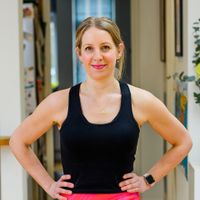
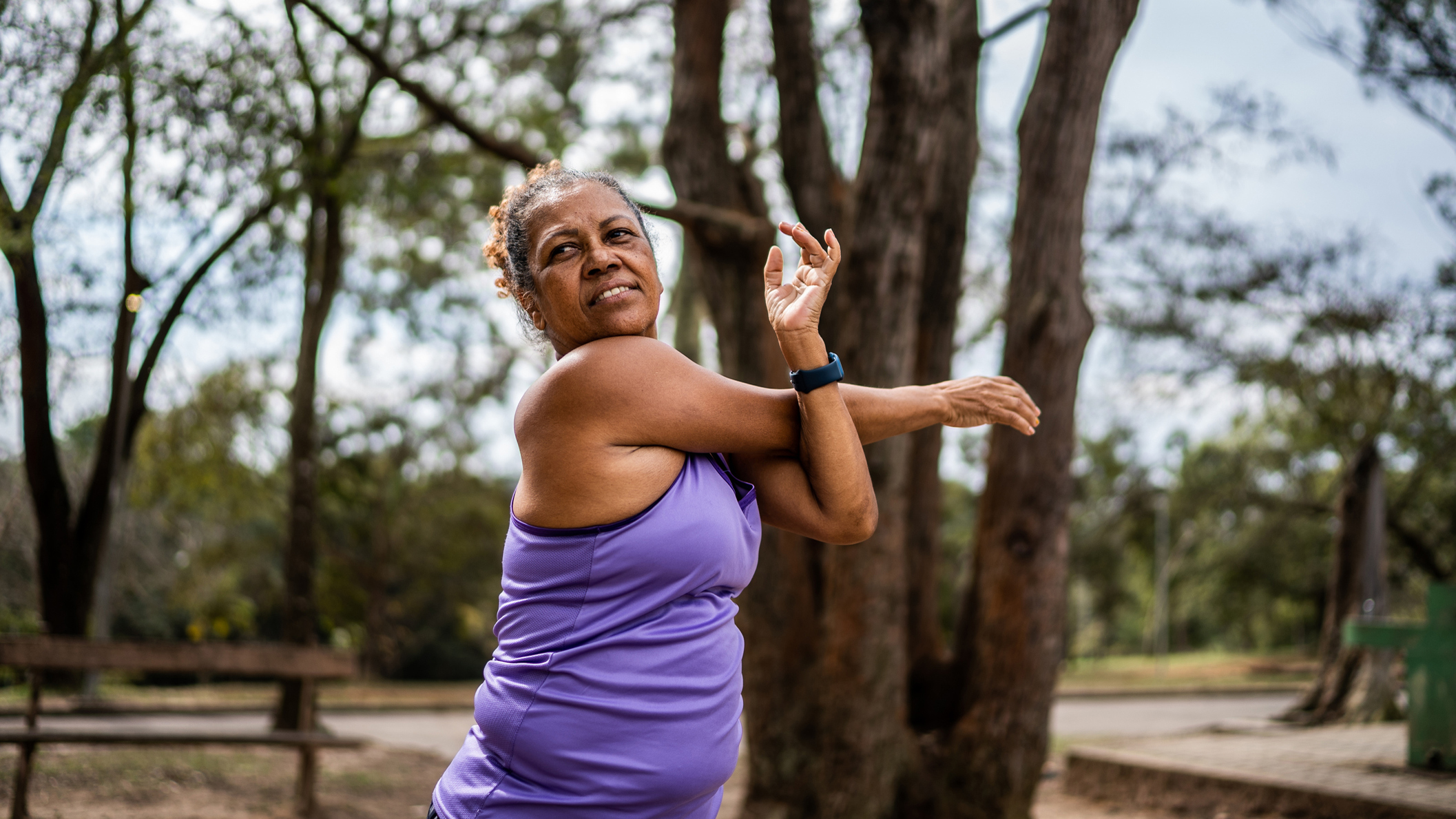
Starting a new fitness regime is great for body and mind, but sticking to it can sometimes prove tricky. Knowing the best exercise machine to lose weight helps, but it’s pointless spending loads of money on home gym equipment if it ends up as a clothes horse.
So how can I improve my fitness in 30 days? If you want a short but effective fitness plan, setting SMART (specific, measurable, achievable, realistic and time-bound) goals is a good start.
“A 30-day fitness goal is great because it is short enough in duration that most people will accept the challenge, believing they can do anything for one month, but it’s also long enough to establish a foundation of stickiness in forming a new habit,” explains NASM qualified personal trainer and physical therapist Anthony Maritato.
“Short term fitness goals are also brilliant because they produce almost immediate results. This quick feedback increases motivation and improves compliance, which further increases the benefits and results in a continuous positive feedback loop.”
And while consistency is the key to seeing long-term results, it’s entirely possible to smash your fitness goals in just 30 days. Here we speak to Maritato and Robin Kendall, Pilates Instructor at East of Eden, to find out how.
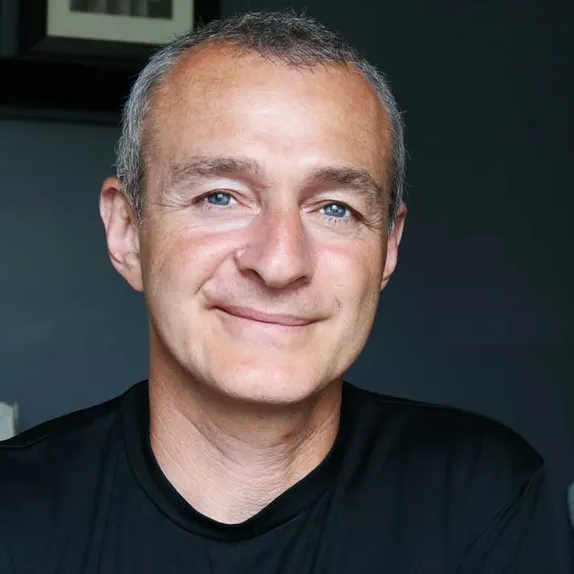
Anthony Maritato is a licensed physical therapist and personal trainer. Anthony completed his bachelor's degree in Kinesiology at Pennsylvania State University with a special emphasis on biomechanics. He obtained his Master's degree of Physical Therapy from Florida International University and has been a physical therapy private practice owner since 2001.
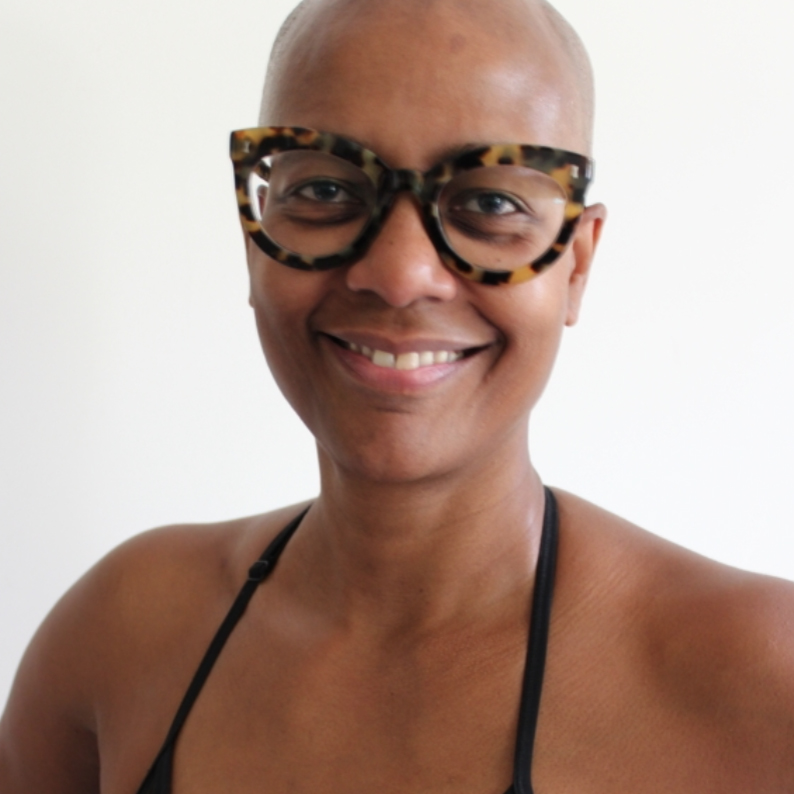
Robin is an experienced Mat and Reformer Pilates Instructor with a demonstrated history of working in the health wellness and fitness industry. She has taught Pilates for over six years and her challenging classes encourage individuals to improve their technique and form.
Hula hoop for a trimmer waist
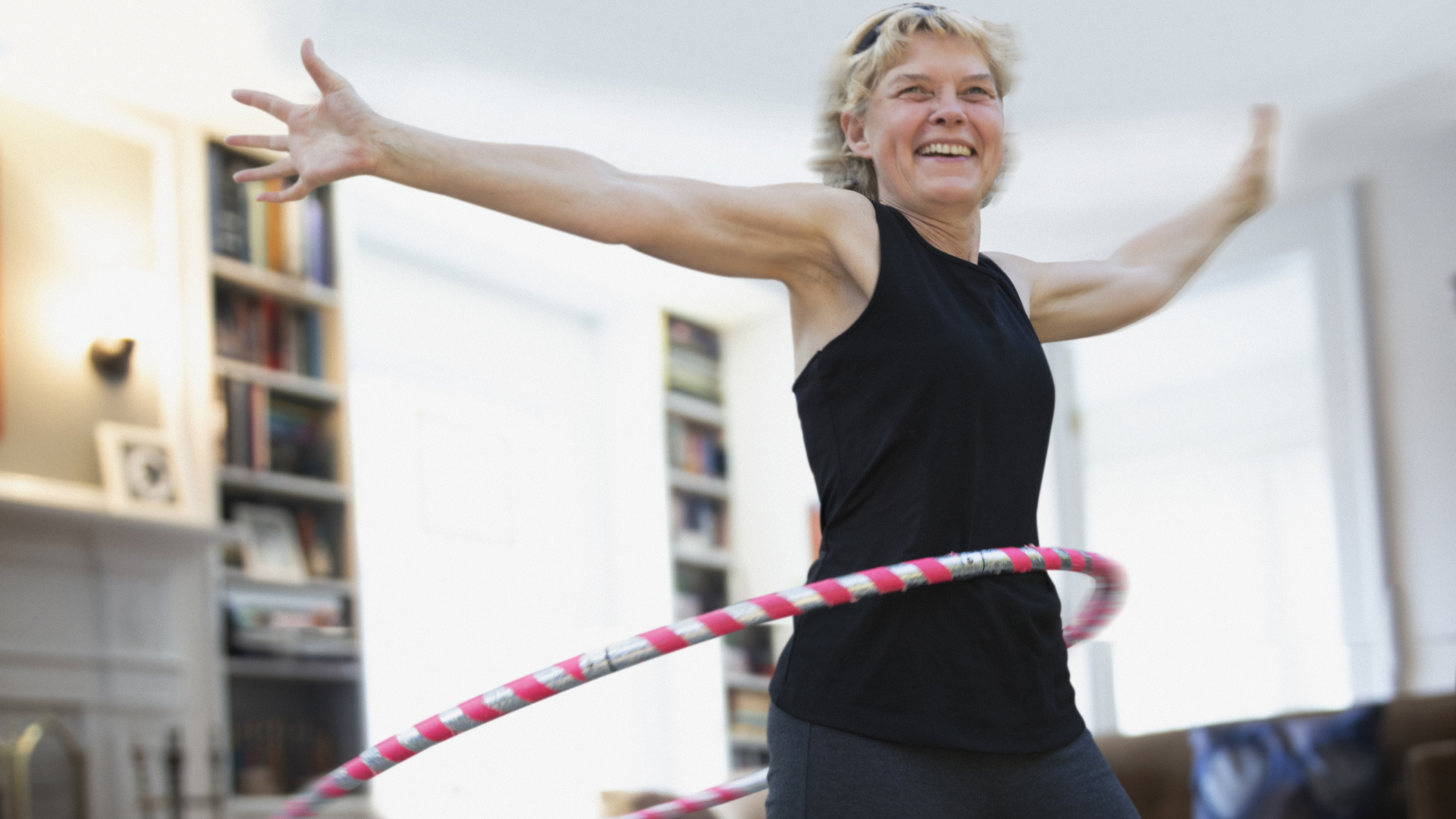
A fitness goal doesn’t have to be high intensity, and with hula hooping you can trim your waist and learn a fun new skill at the same time.
“Using a weighted hula hoop is great for fat burning because it is a relatively low intensity, continuous exercise,” Maritato told Fit&Well. This type of activity has been shown to result in the highest number of calories burned from fat.
Start your week with achievable workout ideas, health tips and wellbeing advice in your inbox.
“While it is not possible to spot reduce fat deposits while exercising, there may be a waist trimming effect due to the weighted hula hoop targeting the muscles of the waist. Toning and tightening these muscles may serve to draw in the abdomen and result in a slimmer waist or flatter tummy.”
To get started, try aiming for five minutes a day, then slowly build this up by a minute per day until you hit 30 minutes.
Build stronger arms
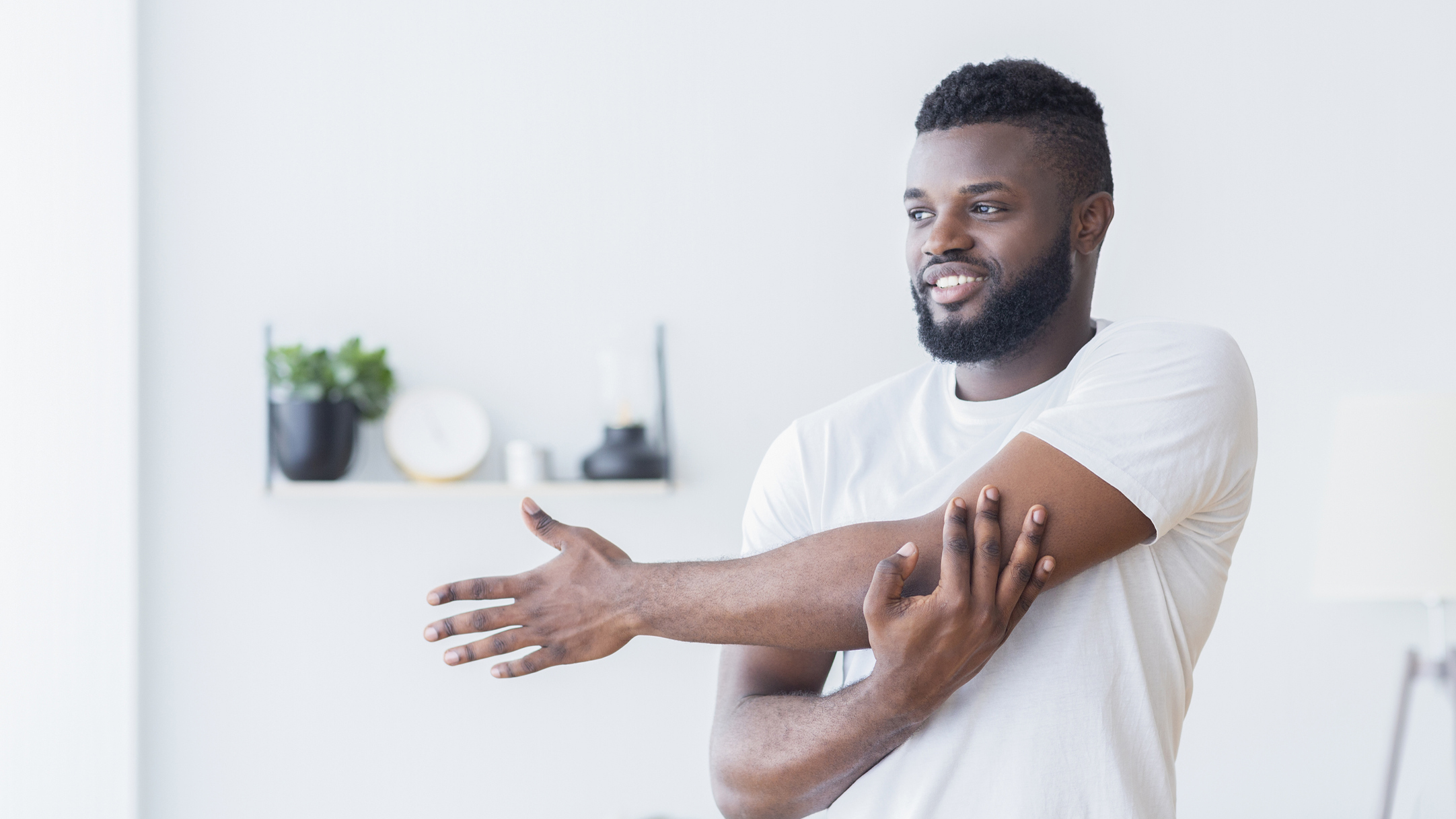
A 30 day arms challenge can help you develop a defined and toned look, as well as improve upper body strength to help you carry out daily activities like lifting groceries or your kid’s car seat.
“Arm and upper body strength is important for several reasons,” agrees Maritato. “We live in a world that requires us to lift, carry, push and pull. The stronger we are throughout the musculature of the upper body, the more we can do from sports to self care.”
Not sure where to get started? We’ve come up with a comprehensive 30-days arms challenge that will help you tone up, get stronger and build muscle. All you’ll need is some weights and some space to do the six moves listed in the plan.
We’d recommend grabbing a pair of the best adjustable dumbbells for the program, as this will allow you to adjust the weight as you get stronger. But if you’re a complete beginner, you can also use things like water bottles and canned vegetables to get started.
Try the famous squat challenge
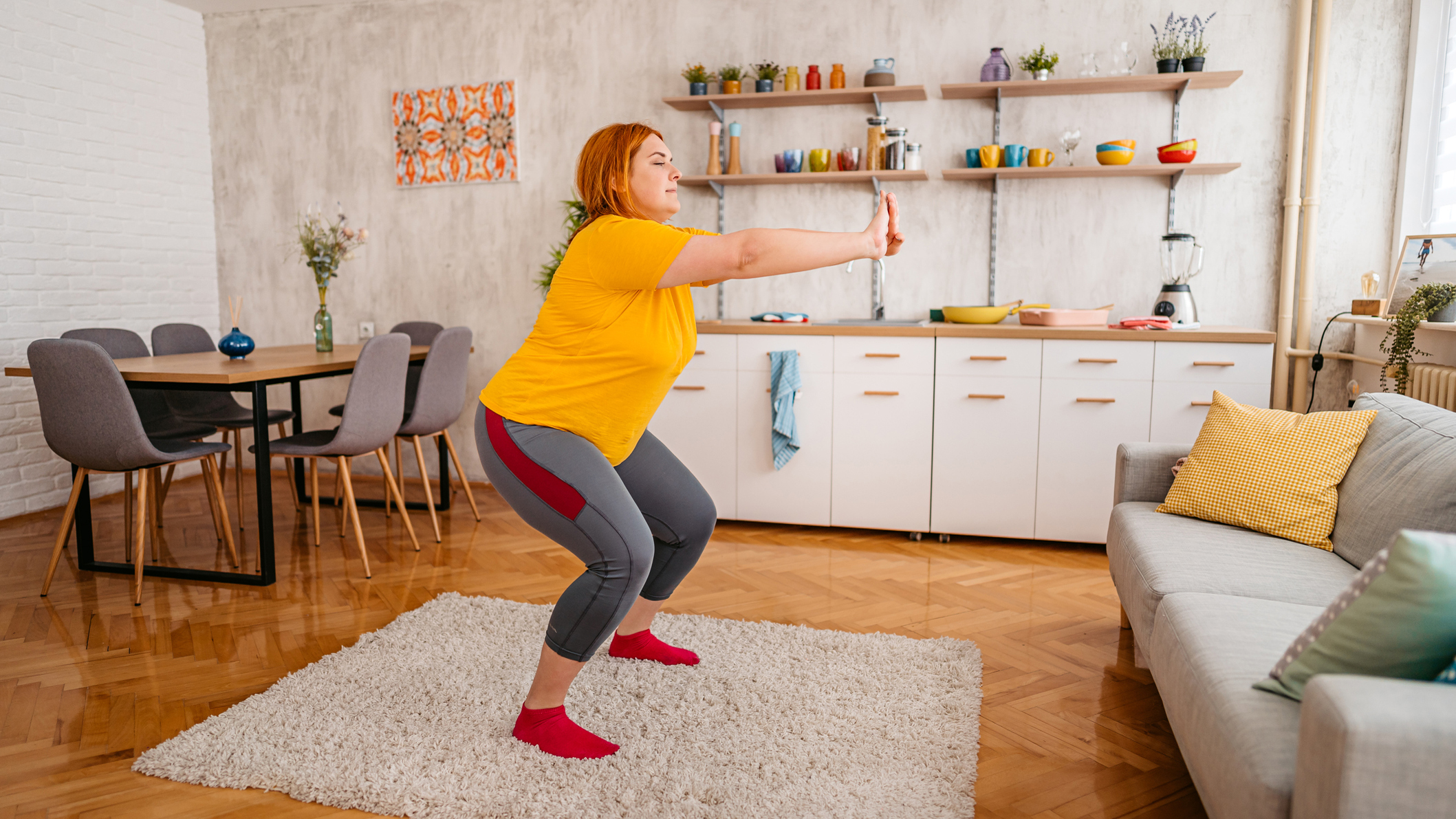
Squats are some of the best glute exercises you can do – and they require no equipment to get started. A 30-day squat challenge will help you build strength and muscle in your lower body, but it will also work your core muscles too.
The internet went crazy for the ‘100 squats a day’ challenge when it first came out, but this will leave you feeling fairly sore. We’d recommend going for a more modest 50 squats a day goal.
Or you can try Fit&Well’s 30-day squat challenge, which uses a mix of different moves to keep things interesting. You’ll start out by doing just 15 squats a day then work up to a mighty 60. Beginners will only need themselves to get started, but if you want a challenge we’d recommend using one of the best kettlebells to add some weight to your movements.
Increase your steps
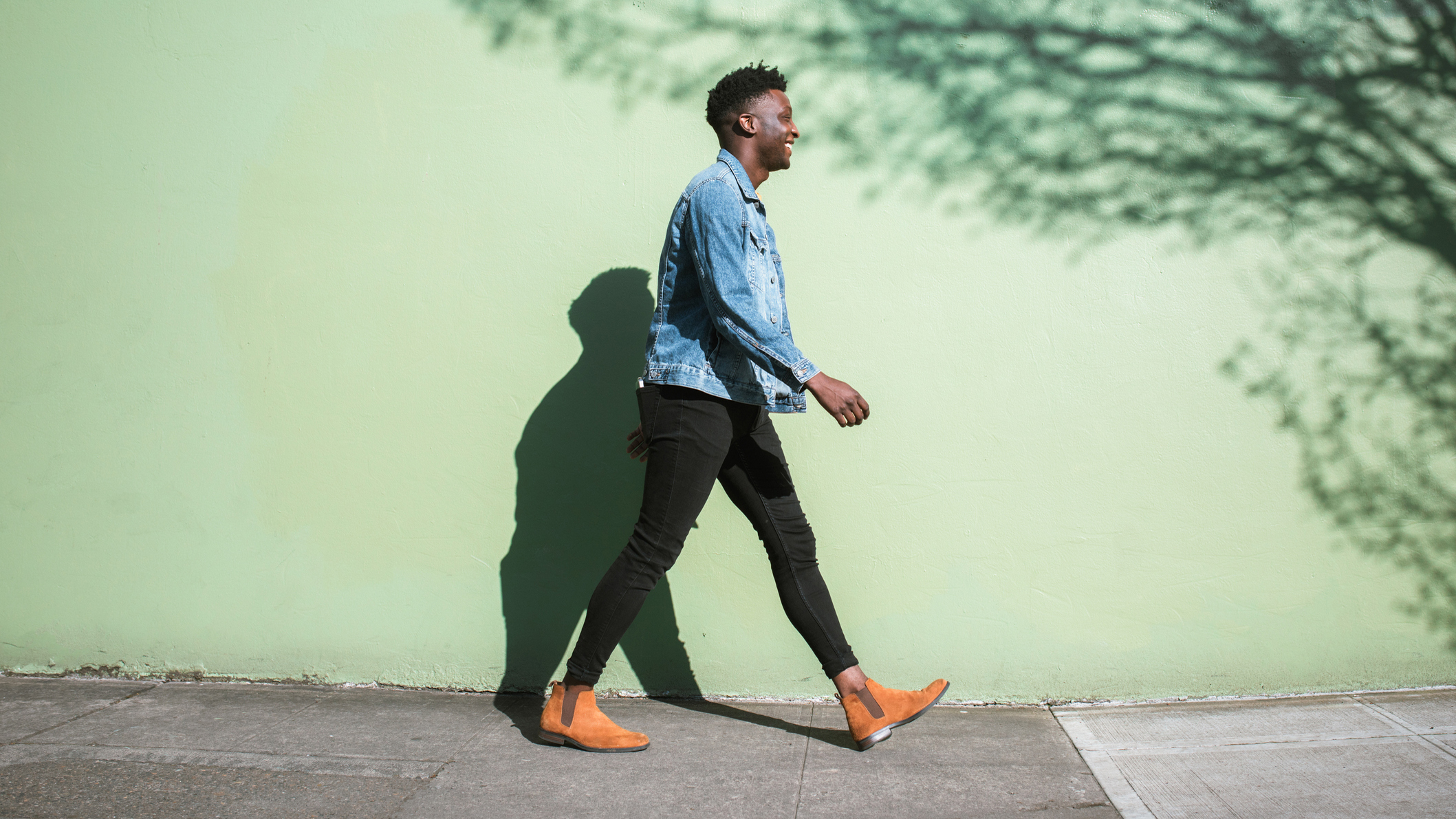
Walking is a really easy, low-impact way to up your daily activity. While it might no longer be in vogue (remember the 2021 summer of #hotgirlwalks?) it’s still a classic way to make sure you’re getting enough daily movement.
You could simply try increasing your daily average by 100 each day, which would mean you’re adding 3,000 by the end of the 30 day period. Or you could follow our comprehensive 30-day walking challenge, which maps out exactly how many steps beginners and more advanced walkers should aim for each day.
Walking has numerous health benefits, according to the Journal of the American Medical Association. By the end of your month-long challenge you could boost your heart health, feel less anxious and reduce cholesterol levels, too.
Improve your balance
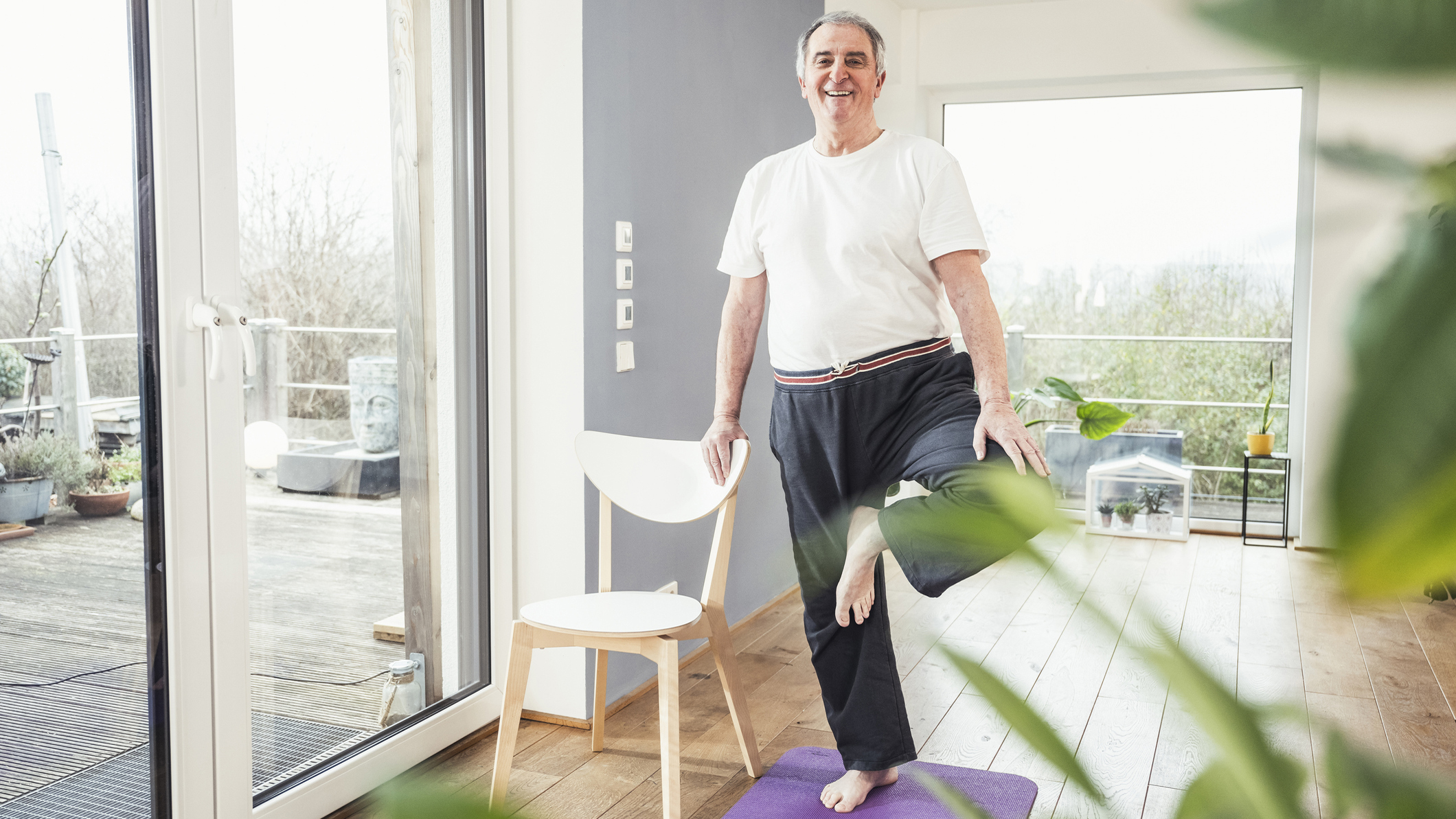
An easy 30-day challenge for you to do at home or work is practicing your single-leg balance daily, says Maritato.
Balance is important for our health as we get older and improving it can reduce the risk of injuries and falls. But it’s a useful skill to master even when we’re younger – a small study published in Scientific Reports suggests that balance training actually improves memory and spatial cognition in healthy adults.
How to get started? Maritato suggests practicing single-leg balance when you’re doing things like brushing your teeth or waiting for an elevator.
“To advance this exercise, try to keep your eyes closed for up to 30 seconds while balancing on one leg,” he adds.
Work on your hip mobility
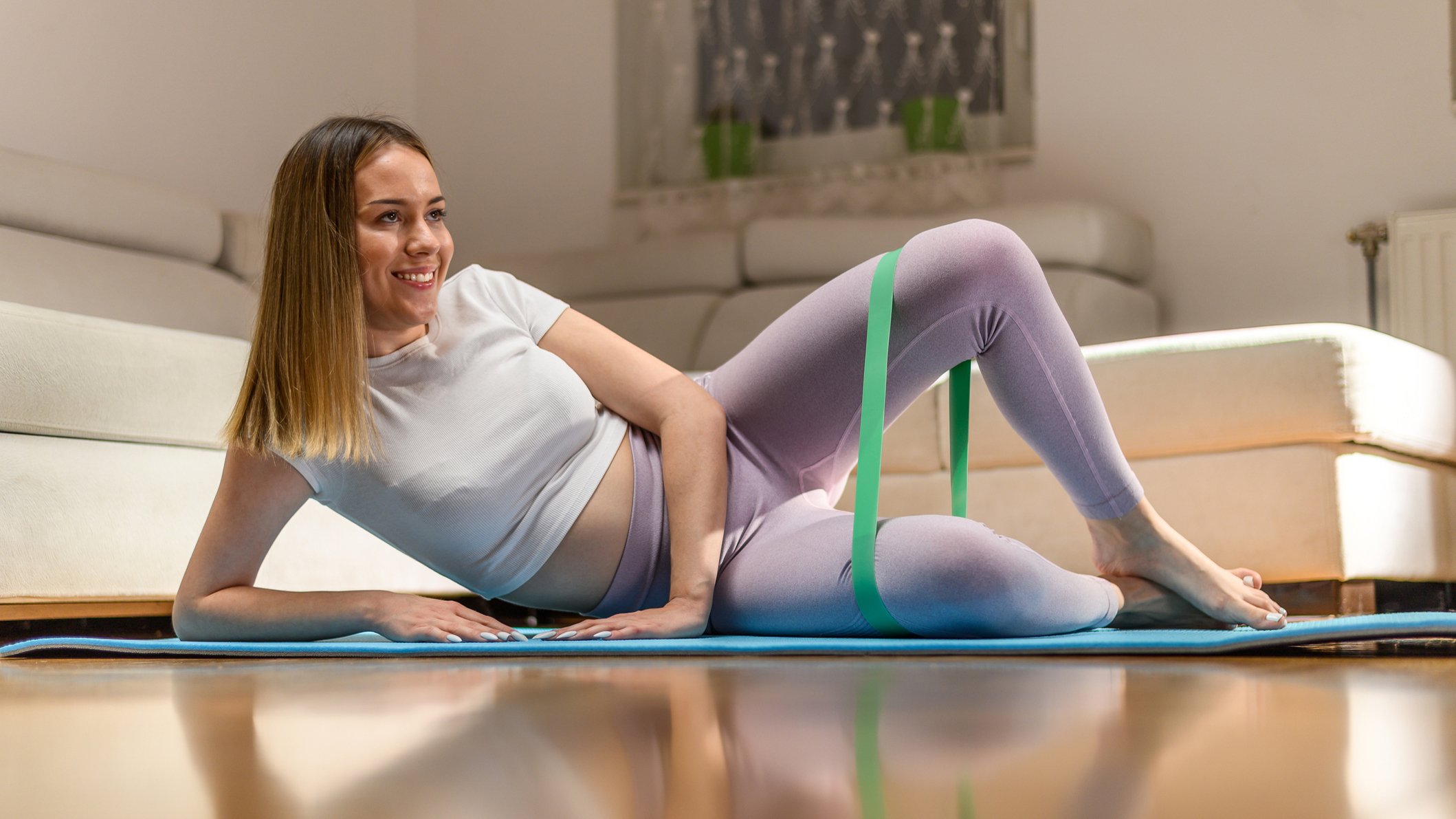
It might not be as sexy as building biceps and glutes, but improving your hip mobility could have a knock-on effect with the effectiveness of your workouts.
“Everything we do – from walking to running to sitting – involves the hips. Not only do they stabilize and mobilize the hips and pelvis, but they also help to relieve back, hip and knee pain and strengthen glutes; and who doesn’t want strong glutes?!” says Kendall.
Try this exercise once a day to improve hip mobility (you can add in a resistance band to increase the difficulty)
Clams
- Lie on your side with your hips and shoulders in a straight line, thighs bent at a 90-degree angle, knees bent a 90-degree angle, bottom arm extended and head resting on arm.
- Inhale: Keep heels together as you slowly rotate your leg in the hip socket opening the knee towards the ceiling, but only as far as is possible without changing the alignment of your hips/moving your pelvis.
- Exhale: Slowly bring your knee back to the start position.
Maddy Biddulph is a journalist specializing in fitness, health and wellbeing content, with 26 years in consumer media working as a writer and editor for some of the bestselling newspapers, magazines and websites in the US and UK, including Marie Claire, The Sunday Times and Women’s Health UK.
She is a CIMPSA-certified PT and works one-on-one with clients, as well as running Circuits Club classes which mixes cardio and strength training and chair-based exercise classes for seniors.
